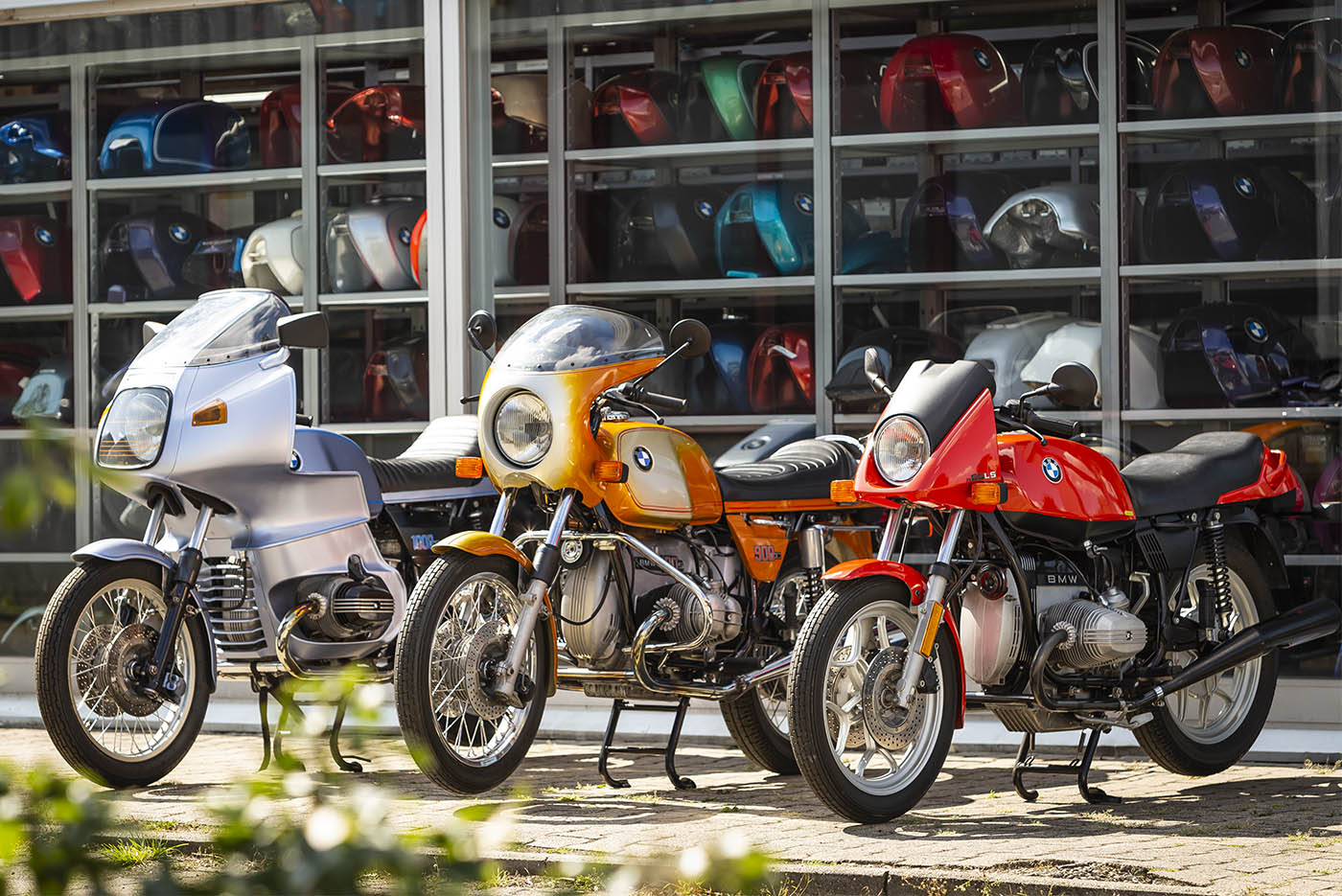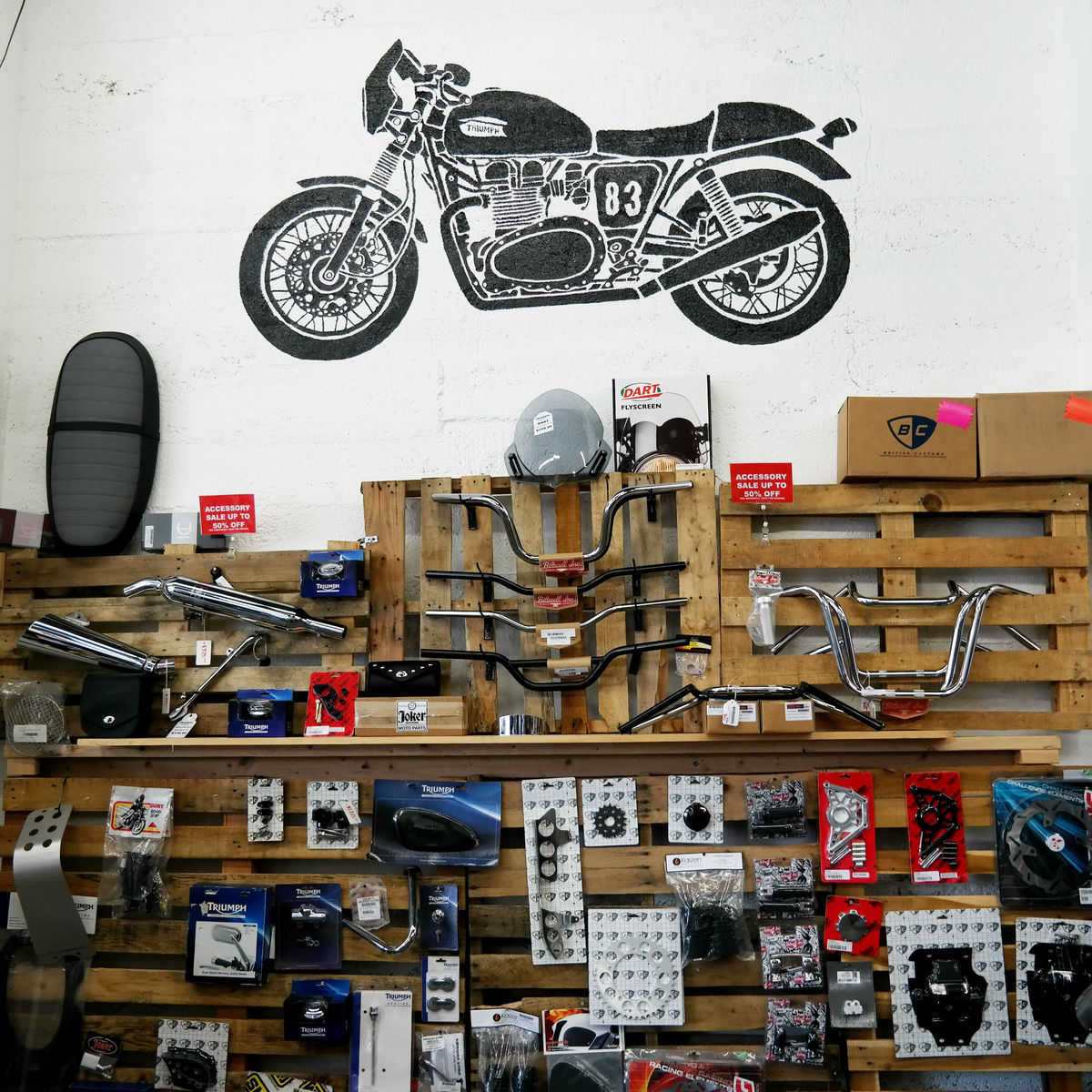Discover High Quality Moto Parts NZ for All Your Motorcycle Needs
Discover High Quality Moto Parts NZ for All Your Motorcycle Needs
Blog Article
Grasping Motorbike Gears: How to Enhance Your Riding Experience
In the world of motorcycling, grasping the art of gear control is crucial for boosting your riding efficiency. Properly comprehending and utilizing motorcycle gears can dramatically influence fuel, control, and acceleration effectiveness, changing a typical experience into a smooth, thrilling journey.
Understanding Equipment Mechanics
Exactly how do the intricacies of gear technicians affect motorbike performance? At the core of motorcycle dynamics, equipment auto mechanics play a pivotal duty in transforming engine power into activity, eventually dictating rate and control. Gears, diligently crafted components, enable riders to maximize torque and speed, making certain a seamless shift through various terrains and speeds. The equipment ratios, very carefully made, establish the relationship between engine revolutions and wheel turns, affecting velocity and gas efficiency.
Recognizing gear technicians starts with acknowledging the importance of the transmission, which houses numerous equipments of varying sizes. These equipments communicate with a process referred to as meshing, where teeth of different equipments involve to transmit power. The accuracy of this interaction is vital; any kind of misalignment or damage can lead to ineffective power transfer, hindering efficiency. Additionally, the plan and dimension of equipments influence the bike's ability to manage various loads and rates.
Additionally, the idea of gear shifting is indispensable to optimizing performance. Timely and smooth shifts make sure that the engine operates within its ideal power band, avoiding unnecessary pressure and boosting longevity (motocross gear). By understanding these mechanical details, riders can attain a harmonious blend of effectiveness, power, and control, boosting their riding experience
Timing Your Changes
Shift timing mastery is vital for maximizing motorbike performance and boosting the riding experience. Effectively timed changes make certain that the engine runs within its optimal power band, which is critical for maintaining control, attaining smooth acceleration, and ensuring the longevity of the bike. Riders have to establish an instinctive sense of when to change gears, which entails recognizing the partnership between engine changes per min (RPM) and rate.
To grasp change timing, pay very close attention to the engine's noise and really feel, as these provide crucial ideas concerning when to change equipments. The optimal shift point normally happens when the engine comes close to the top variety of its power band without getting to the redline. Shifting too early can cause a lack of power, while changing too late may create unneeded engine stress
In addition, road conditions and riding design impact shift timing. In contrast, during freeway riding, fewer shifts at higher speeds can be much more ideal.
Enhancing Fuel Performance
While mastering motorbike equipments is essential for performance, enhancing gas efficiency is just as essential for both economic and environmental factors. Optimum fuel intake not only minimizes operational costs however likewise reduces the eco-friendly impact of riding. To accomplish this, one have to comprehend the complex relationship in between gear option and engine performance.
First of all, selecting the right equipment at appropriate speeds can dramatically influence gas consumption. Riding in a higher gear at reduced rates can bring about engine hauling, which is detrimental to both gas economic climate and engine health and wellness. Alternatively, riding in lower equipments at high rates results in unnecessary gas intake. Therefore, maintaining an optimal equilibrium by moving equipments in positioning with road problems and anticipated maneuvers is important.
Additionally, regular maintenance plays a crucial role in fuel effectiveness. Making sure that the bike is well-tuned, with tidy air filters and appropriately inflated tires, can improve the rules of aerodynamics and reduce fuel wastefulness. Embracing a riding design that accepts progressive velocity and smooth deceleration can contribute to far better gas economic climate.

Techniques for Smooth Transitions
Accomplishing smooth gear shifts is essential to boosting the riding experience and making certain the durability of a bike's transmission system. Appropriate gear moving not only adds to a smooth experience yet likewise decreases damage on the mechanical parts. To understand the art of smooth changes, riders should concentrate on a couple of vital strategies.

Secondly, clutch control plays a pivotal function. Involving and disengaging the clutch smoothly needs method. The clutch bar should be launched gradually, allowing for a smooth transfer of power from the engine to the wheels without causing a shock or abrupt movement.

Adjusting to Roadway Conditions
Navigating diverse road conditions is an essential ability for any kind of motorcyclist intending to preserve control and safety and security. Whether you're riding on wet surface areas, crushed rock roads, or navigating doglegs, your ability to adjust your equipment use and riding method is paramount. Recognizing how to readjust your equipments appropriately can considerably influence traction and security, ensuring a safer trip.
In comparison, when riding on gravel or unequal surface, reduced gears are more effective. Lower gears provide better control and enable you to respond more quickly to unforeseen adjustments in the roadway surface.
Sharp contours require accurate gear monitoring to stabilize rate and control. Downshifting prior to entering a contour can help preserve momentum while making sure the motorcycle stays steady throughout the turn. Consistent method in diverse conditions boosts your ability to forecast and react to changes in road texture and incline.
Conclusion
Mastering bike gears dramatically boosts the riding experience by improving gas, velocity, and control effectiveness. An extensive understanding of gear technicians and accurate change timing makes sure the engine operates within its ideal power band, while smooth changes via reliable clutch and throttle control rise comfort and performance. Adapting equipment option to different road problems, such as utilizing higher gears on damp surfaces and reduced equipments on gravel, further boosts handling and security. Inevitably, these abilities boost the overall trip.
Understanding equipment mechanics begins with acknowledging the significance of the transmission, which houses several equipments of differing dimensions. These gears interact with a process understood as meshing, where teeth of different gears engage to transmit power (motorcycle parts nz). Gentle adjustments to the throttle throughout gear changes can protect against jerky movements and preserve a regular riding pace
Whether you're riding on wet surfaces, crushed rock roadways, or browsing sharp turns, your capability to adjust your equipment use and riding technique is extremely important. Adjusting gear choice to numerous road problems, such as using greater equipments on damp surface areas and reduced equipments on gravel, additional improves handling and safety and check this site out security.
Report this page